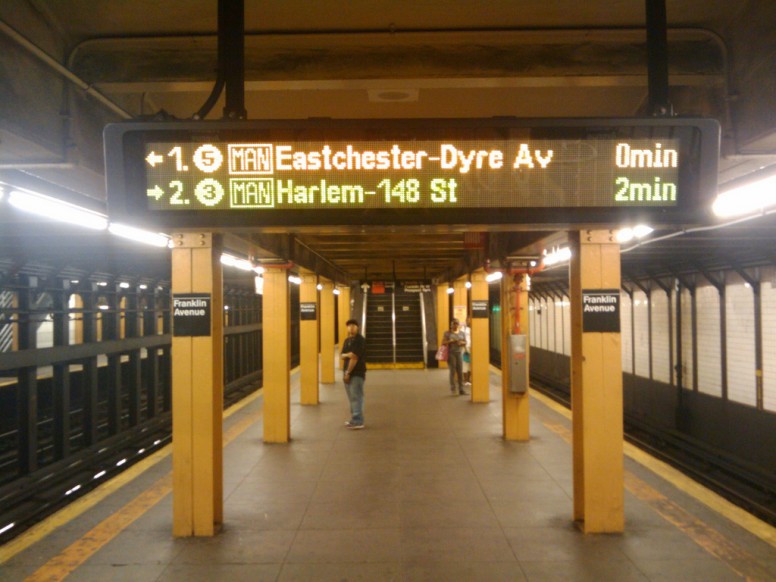This past weekend brought a collective sigh of relief to the New York metropolitan region. The “deal” brokered between Governor Andrew Cuomo and Mayor Bill de Blasio will provide the transit system with a $26.1 billion investment in the 2015-2019 capital program. While substantially less than the $29 billion initially identified by the MTA as the floor funding need, once signed this agreement will indeed be the largest capital plan ever for the MTA, weighing in at $2.3 billion more than the 2010-2014 plan.
The beneficiaries of this deal aren’t just located in the downstate region, as evidenced by a recent letter to the governor signed by more than two dozen New York State legislators concerned about manufacturing jobs in their districts. Statewide transit manufacturers have been itching to bid on contract opportunities that were in suspended animation due to the unfunded plan—contracts for over 1,000 new subway and rail cars and close to 2,000 new buses, which add up to significant manufacturing jobs across the state. As North Country Chamber of Commerce President Garry Douglas told the Press Republican: “While some may assume this is a city issue, it is actually a major issue for upstate and the North Country as much of the funding over the next five years for new buses, rail and subway cars will mean contracts for North Country companies such as Bombardier, Nova Bus and Prevost, as well as the dozens of suppliers in our area.”
The devil of this plan, of course, could be in the details.
Where exactly will funds come from?
Neither the city nor the state have been clear about where exactly the money will come from. State Senate Majority Leader John Flanagan has raised the “New Yorkers are taxed enough” flag, but if new revenue sources are off the table, the prospect of taking on more debt — and possibly fare increases for transit riders — looms larger.
Will all the transit raids end?
Mayor de Blasio brought needed attention to Governor Cuomo’s continued raids on transit funds, but it’s not entirely clear that this deal will stop state raids. According to the governor’s press release, “The State will not divert any funds or fail to provide any funding committed to this Capital Program” (emphasis added). Reading between the lines, however, it seems the state has reserved the right to continue transit raids for state obligations from a previous capital program.
What about upstate transit?
While Majority Leader Flanagan was quick to ask for parity for roads and bridges upstate, this deal does nothing to address the needs of more than 100 other transit systems across the state. The total deficit that needs to be filled for these systems is tiny ($577 million) in comparison to the gap that was just filled for the MTA. Hat tip to House Speaker Carl Heastie, who during his upstate tour this summer, championed the needs of the under-served upstate systems.
What will those cuts be?
Between now and the MTA board’s next meeting on October 28, MTA Chairman Tom Prendergast will need to find a way to slice an additional $700 million from the capital plan. With an already trim plan, it is not at all clear where those cuts will come from.

